The US Patent and Trademark Office (PTO) divides trademark registrations into 45 different “classes” of products or services. The purpose of these classes is to allow different types of businesses to register their trademarks in categories that are most closely related to their core business.
One of those 45 classes, Class 37, is a broad category that includes building construction, demolition services, repair, and various installation services. Services rendered by contractors or subcontractors in the construction or improvement of buildings, as well as services rendered by persons engaged in the restoration of objects to their original condition, are classified as Class 37. (Without altering their physical or chemical properties). Class 37, for example, is appropriate for trademarks of businesses that perform:
- services relating to the construction of buildings, roads, bridges, dams, or transmission lines and services of undertakings specializing in the field of construction such as those of painters, plumbers, heating installers, or roofers
- services auxiliary to construction services like inspections of construction plans
- services of shipbuilding
- services consisting of hiring of tools or building materials
- repair services, that is, services which undertake to put any object into good condition after wear, damage, deterioration, or partial destruction (restoration of an existing building or another object that has become imperfect and is to be restored to its original condition)
- various repair services such as those in the fields of electricity, furniture, instruments, tools, and so on, and
- Services of maintenance for preserving an object in its original condition without changing any of its properties.
Examples of Trademarks in Class 37
READY ROOFER (building construction), MR. SPEEDY (installation of HVAC), VENUS PEST CONTROL (pest control).
You would not use Class 37 if you were registering:
- services consisting of storage of goods such as clothes or vehicles (Class 39 – Shipping and Travel Services), or
- Services connected with the dyeing of cloth or clothes (Class 40 – Material Treatment Services).
Related or Coordinated Classes
If you are not sure whether you should register in Class 37, you might also consider the following “coordinated” classes: Business Services, Class 36 – Insurance and Finance Services, Class 38 – Telecommunications Services, Class 39 – Shipping and Travel Services, Class 40 – Material Treatment Services, Class 41 – Education and Entertainment Services, Class 42 – Science and Technology Services, Class 43 – Food Services, Class 44 – Medical and Vet Services, Class 45 – Legal and Security Services. A coordinated class is related to another class, typically because the PTO has determined that applicants filing in Class 37 frequently also file in these other classes.
However, be wary of attempting to register your company in too many categories. You must pay a separate registration fee for each class of goods or services that you register. So, if you want to apply for a trademark for posters (Class 16) and shirts (Class 25), you’ll have to pay two fees.
When registering a trademark, you must specify the correct class. If you enter the wrong class, you must restart the application process. Your registrations are limited to classes that include the goods or services that you already offer (as evidenced by the specimens you submit) or that you intend to offer (if you are registering on an intent-to-use basis). In order to narrow a search of the PTO’s trademark database, you may also need information about the class number.
Furnishing Specimens for Class 37
A service specimen must demonstrate the use of the mark in a way that potential purchasers would interpret as identifying the applicant’s services and indicating their source. The specimen must show an association between the mark and the services for which registration is sought when the mark is used in advertising the services. A specimen that only shows the mark and no reference to the services does not demonstrate service mark usage.
When you provide a service, you do not have a product to which you can apply a label. A variety of materials that cannot be used for product marks are acceptable specimens for services. Scanned copies of advertising and marketing materials, such as newspaper and magazine ads, brochures, billboards, direct mail pieces, and menus, are included (for restaurants).
Letterhead stationery and business cards bearing the mark may be used if the services are clearly reflected on them because the name or symbol claimed as a mark would be used to identify the services provided in that context—that is, as a mark rather than a trade name. If the mark appears and the services are described in the letter, a letter on stationery will even be accepted as a specimen for a service mark.
In the case of Internet-based services, a screenshot of the entire Web page should suffice. The more prominently displayed the mark on the home page, the better.
The following specimens are not acceptable for Class 37 service marks:
- news releases or news release-based articles
- Documents demonstrating trademark rather than service mark usage (use of the mark in connection with goods rather than services), such as invoices and packing slips, and letterhead or business cards that bear only the mark and a company name and address (use of the mark to identify a company, such as on letterhead).
- As previously discussed, one exception is if the letterhead or text of the letter identifies the services represented by the mark.
In some cases, audio marks are also valid. The majority of marks can be found in writing somewhere. You may submit a sound file of the audio if your mark represents a service and appears only on radio ads or in other audio forms.

